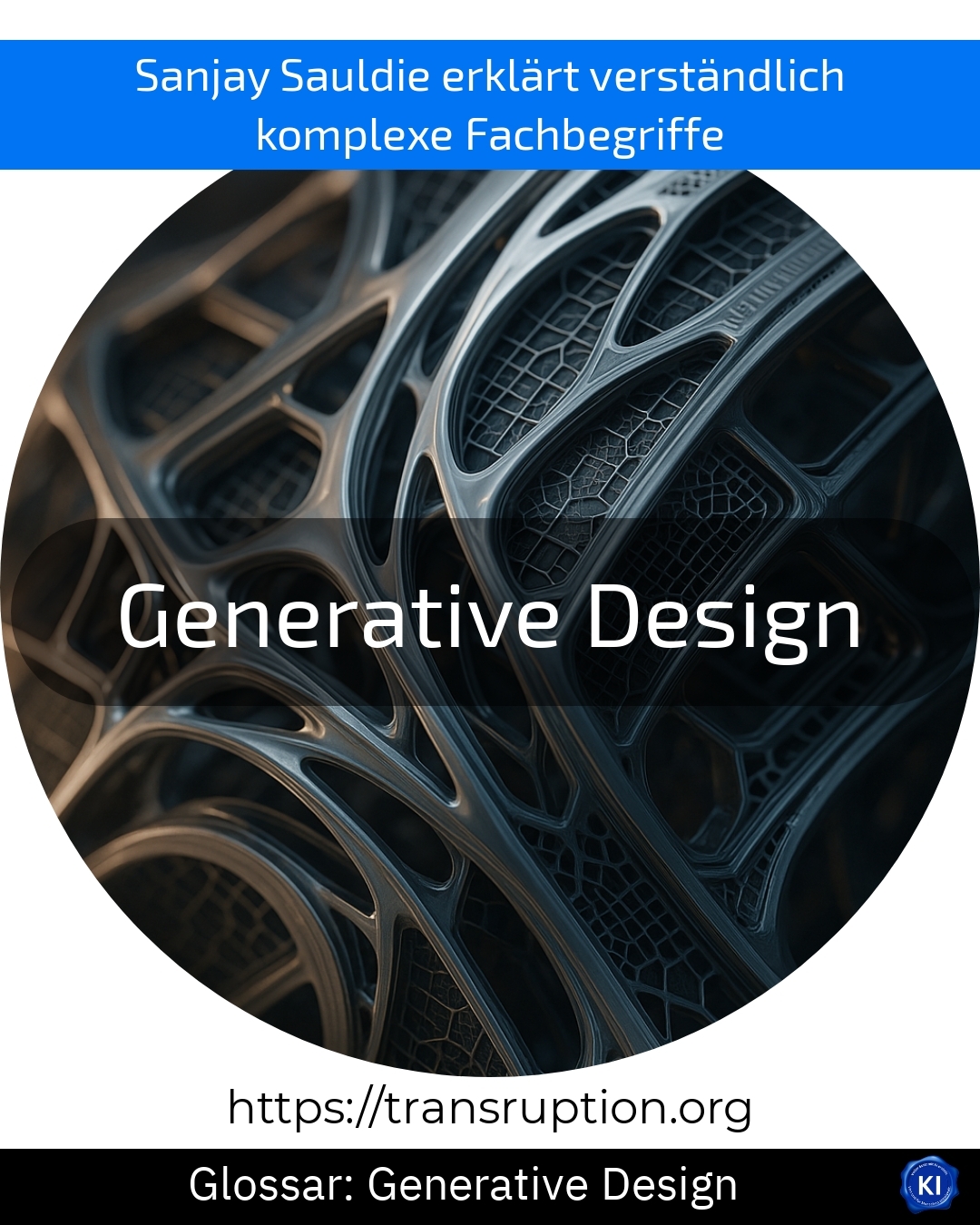Generative design is a term from the fields of artificial intelligence, 3D printing and Industry and Factory 4.0. It describes an innovative method in which computer programmes independently develop various design options for products. The programme is only given the necessary framework conditions, such as material, size, load-bearing capacity and target costs.
The programme then uses algorithms and artificial intelligence to calculate a variety of possible solutions within these specifications. These designs would often be too complex or numerous for humans alone to create manually. This makes it possible to discover particularly innovative and efficient solutions that are often lighter, cheaper or more stable than traditional designs.
A good example of generative design is the development of a bicycle saddle: Engineers specify how much weight the saddle has to carry and what dimensions it should have. The software then suggests unusual but stable shapes that sometimes seem inspired by nature.
Especially in combination with 3D printing, generative design makes it possible to realise such new designs directly and quickly. In this way, resources can be saved and innovative solutions found.















